Disqualification Not Mandatory when an Attorney Switches Sides in a Pending Case but Stays at the New Law Firm Only for a Brief Time
Lawyers for the Profession®
Lawyers for the Profession® Alert | 6 min read
Jan 31, 2018
California Self-Insurers' Security Fund v. The Superior Court of Orange County, Activcare Living, Real Parties in Interest, California Court of Appeals Fourth Appellate District, Division Three, Case Number G054981 (01-26-2018)
Brief Summary
A California Court of Appeals held that when an attorney switches sides in a case, moving from a law firm representing one party to a law firm representing an adverse party, but only stays at the new firm for a short time, the new firm is not automatically disqualified. The court must determine whether the attorneys remaining at the new firm actually received confidential information from the lawyer who had switched firms and then exercise its discretion as to whether the firm should be disqualified based on the facts and circumstances.
Complete Summary
Nixon Peabody LLP ("Nixon Peabody" or "the firm") represented California Self-Insurers' Security Fund (the Fund), a nonprofit organization charged by the state Legislature with continuing payment of workers' compensation claims when a self-insured entity or self-insurance group is unable to do so. The Fund is required by law to seek reimbursement from the employer.
In 2013, the California Department of Industrial Relations ordered the Fund to assume the workers' compensation claims of the Healthcare Industry Self-Insurance Program (the Program) a self-insurance group of employers. The Fund hired Nixon Peabody to represent it in order to seek reimbursement from the Program.
In November 2013, the Fund filed a lawsuit against 304 members of the Program. Approximately 170 of these settled, leaving approximately 134 remaining members as the real parties in interest, two of which are Activcare Health Care Group and Mountainview Retirement, Ltd. (the "moving parties"), which were represented by Michelman & Robinson, LLP ("M&R").
From 2009 through approximately February 2017, Andrew Selesnick was an attorney at M&R's Los Angeles office. Since 2014, M&R served as attorneys for the moving parties and four other defendants in the case. The case for the moving parties was handled primarily by four attorneys at M&R, including Selesnick, who was actively involved in the case and was copied on many e-mails containing communications about the defense. Selesnick worked on the claims of certain of the defendants from the Los Angeles office of M&R. Another M&R attorney worked with the remaining defendants out of M&R's Orange County office.
On or about February 1, 2017, Selesnick left M&R and joined Nixon Peabody, but left Nixon Peabody six weeks later, on March 15, 2017. When Selesnick joined Nixon Peabody, M&R promptly advised the firm of the potential conflict issue. Selesnick claimed that the defendants with which he had been involved in the Los Angeles office of M&R had settled before he joined Nixon Peabody, and that he had no confidential information from any of the remaining parties in Orange County.
On March 15, moving parties, joined by other parties in the case, through M&R, filed a motion to disqualify Nixon Peabody because of the conflict and potential sharing of confidential information by Selesnick when he switched from M&R to Nixon Peabody. They argued that Selesnick had done prior work for them in the same case, and as a result, Nixon Peabody and all its attorneys had a conflict of interest as a matter of law. They further argued Selesnick had received confidential information about the moving parties while at M&R, which Selesnick denied.
Nixon Peabody and the Fund responded that the firm should not be disqualified because Selesnick had left the firm within five weeks of joining it, and no current Nixon Peabody attorney had received confidential information from Selesnick. Also, Selesnick had been hired to work in Nixon Peabody's Los Angeles office, while the Nixon Peabody attorneys working on the case were in the San Francisco office.
Every member of the Nixon Peabody team submitted a declaration stating that Selesnick had not shared confidential information with them, and the firm had put an "ethical wall" in place while Selesnick was at the firm. This was disputed by the moving parties.
The trial court granted the motion, concluding that Selesnick had previously personally represented the two moving parties, that when an attorney switches sides, disqualification is mandatory and that no amount of ethical screening can prevent it.
The Fund and Nixon Peabody appealed the disqualification order. The issue was whether the trial court was correct and disqualification was mandatory, as the trial court had ruled, or whether disqualification under the circumstances of this case was discretionary.
The court noted that, where an attorney's conflicting representations are simultaneous, disqualification is mandatory and that the disqualification also applies to a law firm where the attorney is currently working, especially where the attorney's disqualification is due to his prior representation of the opposing side during the same lawsuit, and where an effective ethical screen has not been established.
The court noted that, "there is no question that if Selesnick were seeking to represent the Fund, he could not do so. There is also no question that if Selesnick continued to work at Nixon Peabody, the entire firm would be disqualified." The court found that disqualification of the firm was not mandatory when Selesnick no longer worked at Nixon Peabody, and was only there for a very brief period.
The court rejected the bright-line rule set forth in Henriksen v. Great American Savings & Loan, 11 Cal.App.4th 109, 114-115 (1992). In that case, borrowers sued a lender for lender liability, and the lender filed a cross-complaint seeking foreclosure. The lender's initial law firm, Hoge, Fenton, Jones and Appel (Hoge) employed an associate named Peter Brock, who spent more than 200 hours on the case. Sometime later, Brock joined the borrrowers' law firm, Bartko, Welsh, Tarrant & Miller (Bartko). The lender moved to disqualify Bartko based on Brock's conflict. Bartko argued that it had put procedures in place to isolate Brock from the litigation, but ultimately, the court granted the motion to disqualify. The Henriksen court followed Dill v. Superior Court, 158 Cal.App.3d 301 (1984), a case with almost identical facts which noted that an ethical wall was insufficient and disqualification of the entire firm was automatic and mandatory.
The Fund and Nixon Peabody contended that disqualification was not automatic when the attorney in question had left the firm before the motion to disqualify was decided, relying on Kirk v. First American Title Ins. Co., 183 Cal.App.4th 776 (2010).
The court reviewed prior decisions and concluded that although vicarious disqualification is the general rule, and that the court should presume knowledge is imputed to all members of a tainted attorney's law firm, in the proper circumstances, the presumption is a rebuttable one, which can be refuted by evidence that ethical screening will effectively prevent the sharing of confidences in a particular case. (citing to Kirk, supra, 183 Cal.App.4th at pp. 800-801, fn. omitted.)
Relying on Kirk, the court held that once a tainted attorney has left the firm, vicarious disqualification is not necessary "where the evidence establishes that no one other than the departed attorney had any dealings with the client or obtained confidential information." It found that, although Selesnick actively represented one of the parties in the dispute at his old firm, that fact did not require automatic disqualification. The court vacated its order and issued a peremptory writ of mandate directing the trial court to perform an analysis regarding whether confidential information was, indeed, transmitted from Selesnick to the attorneys working on the matter at Nixon Peabody. If not, then the court must exercise its discretion to determine whether other reasons compel disqualification.
Significance of the Case
This decision provides support for the conclusion that, in California, disqualification is not automatic when an attorney switches sides in litigation, moving from a firm representing one party to a firm representing a party adverse to his former client. Here, where the attorney stayed at the new firm for only a short time and was effectively screened from the lawyers handling the case in which he formerly represented the adverse party. The trial court needed to determine whether any confidential information had been shared or whether any other circumstances warranted disqualification.
For more information, please contact Cassidy Chivers.
This alert has been prepared by Hinshaw & Culbertson LLP to provide information on recent legal developments of interest to our readers. It is not intended to provide legal advice for a specific situation or to create an attorney-client relationship.
Featured Insights

Press Release
Oct 22, 2025
Hinshaw & Culbertson LLP Launches New Website and Refreshed Brand
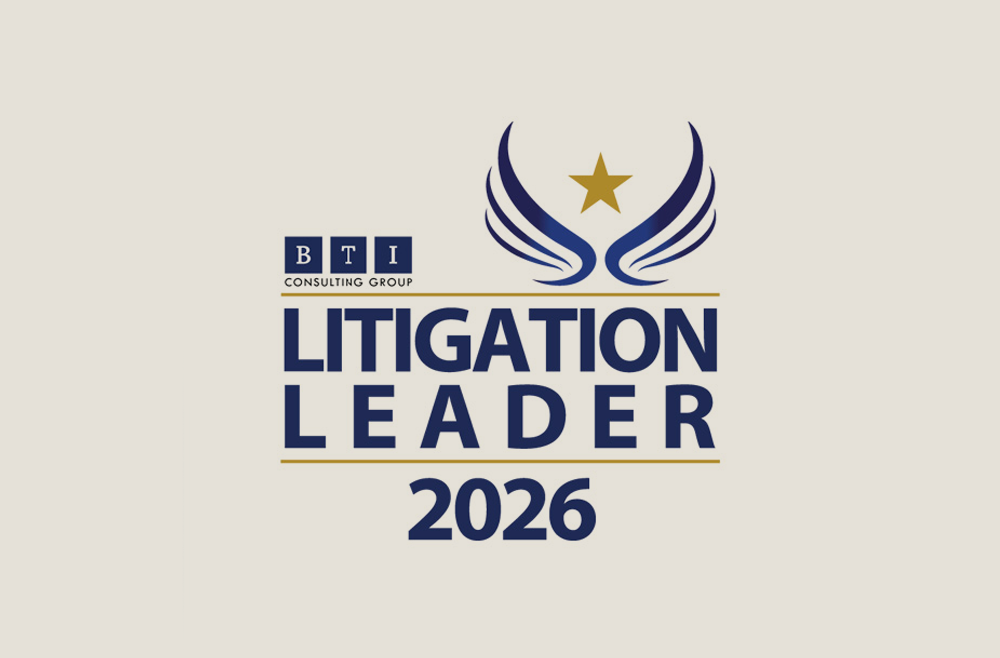
Press Release
Sep 26, 2025
Hinshaw Recognized as a “Leader in Litigation” in the BTI Consulting Litigation Outlook 2026 Survey

Privacy, Cyber & AI Decoded Alert
Sep 23, 2025
Fall 2025 Regulatory Roundup: Top U.S. Privacy and AI Developments for Businesses to Track

Press Release
Sep 15, 2025
Hinshaw Achieves 2024–2025 Mansfield Rule Certification Plus Status
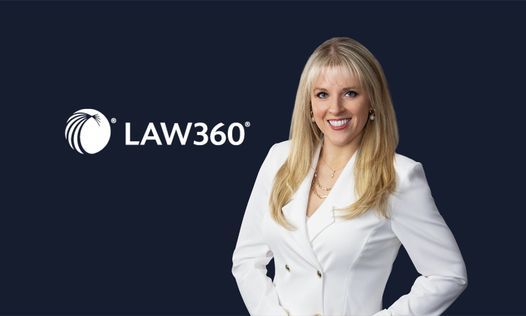
In The News
Sep 5, 2025
Jessica Riley Reflects in a Law360 Story on Lessons She Learned as a Junior Lawyer

Press Release
Aug 25, 2025
Trial Spotlight: Hinshaw Prevails in ERISA Fiduciary Fraud Case
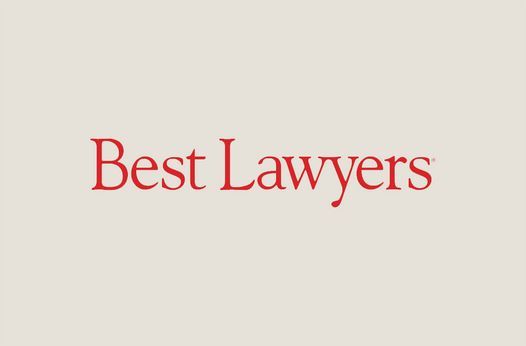
Press Release
Aug 21, 2025
102 Hinshaw Lawyers Recognized in 2026 Editions of The Best Lawyers in America® and Ones to Watch™
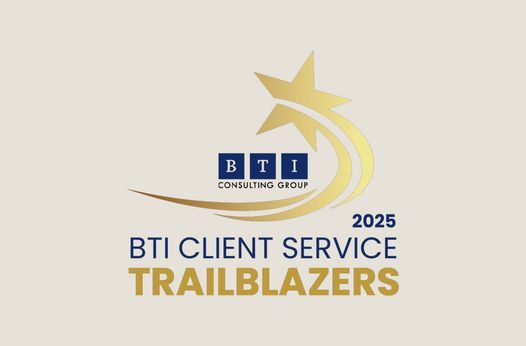
Press Release
Jul 28, 2025
Hinshaw Recognized as a Client Service Trailblazer in the BTI Consulting Client Service A-Team 2025
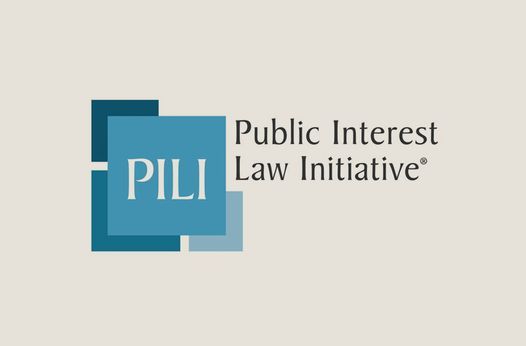
Press Release
Jun 17, 2025
Hinshaw Named to the 2025 Pro Bono Recognition Roster by the Public Interest Law Initiative




